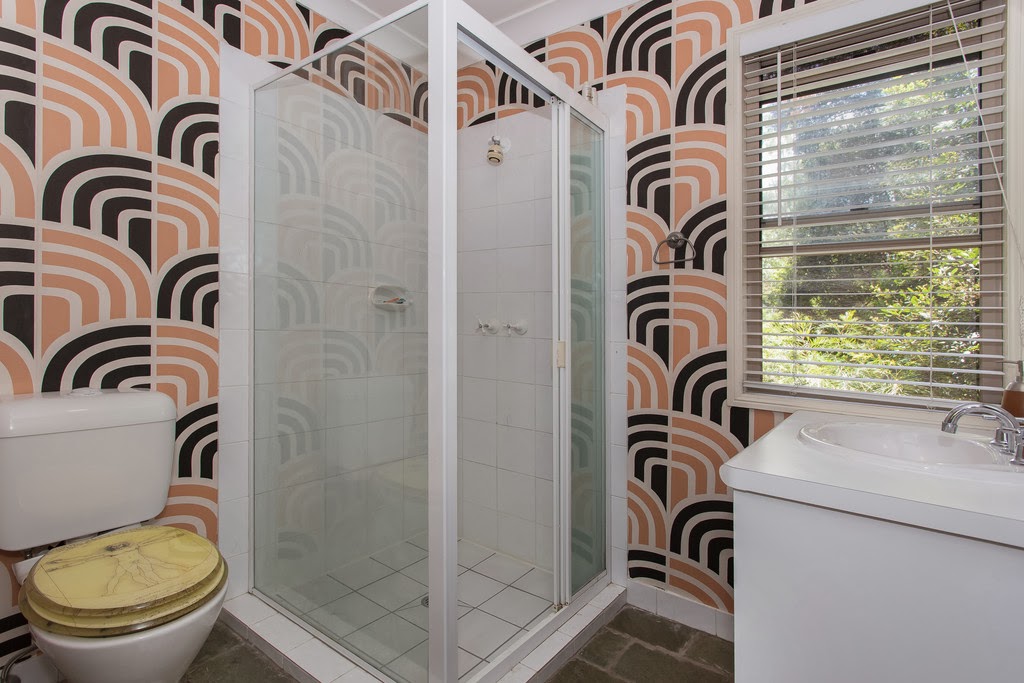 | |
| View from the street |
 |
| Bottom deck, off the dining room |
 |
| Bottom deck, from outdoor dining to outdoor living |
 |
| From piano through to living room |
 |
| From living room back to piano |
 |
| Kitchen |
 | |
| Top deck off master bedroom |
 | |
| Master bedroom |
 |
| Another shot showing how large the master bedroom is |
 | |
| Upstairs bathroom with genuine Talavera tiles |
 | |
| Actual BATH in upstairs bathroom |
 | |
| 2nd of three other bedrooms |
 |
| Crazy wallpapered downstairs bathroom |
 |
| View from the bottom deck - Morning fog in the valley with ocean |
 |
| Some friendly locals |
We will enjoy it while we are still living there.
It is a beautiful place to live.
And we will miss it.
V&A




